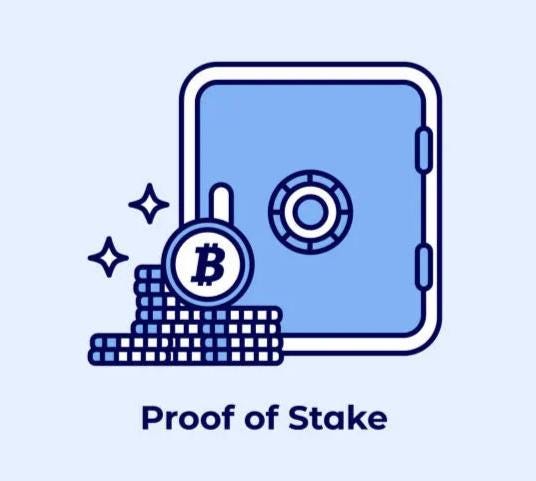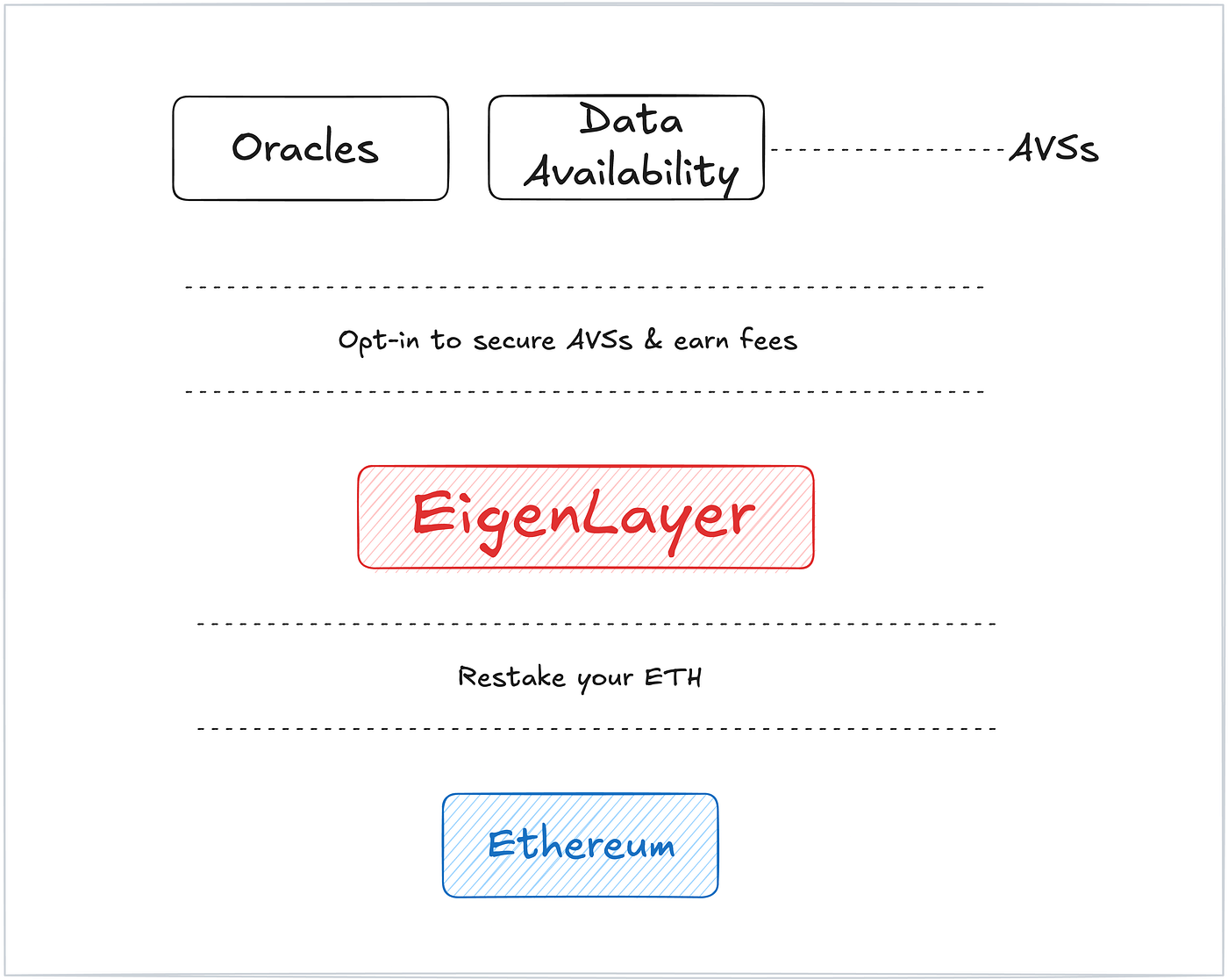From Staking to Restaking: Blockchain Scaled
 Madhu Varsha
Madhu Varsha
Hey there!
If you’ve been following the blockchain space, you’ve probably heard the buzz around “restaking.” It sounds technical, but once you break it down, it’s actually a powerful concept that could reshape how blockchains work — especially in modular systems.
Let’s break it down together
What is Staking Again?
Before we dive into restaking, let’s rewind a bit.

In many blockchains (like Ethereum), staking means locking up your crypto (usually ETH) to help secure the network. Validators do this to propose and validate new blocks — and in return, they earn rewards.
So… What’s Restaking?
Restaking takes this a step further.
Instead of staking your ETH once, restaking lets you reuse your staked assets to secure other networks or applications — without unstaking from Ethereum.

It’s like using your same security deposit to rent multiple apartments (not exactly, but close enough!)
Modular Blockchains — Why They Matter
Now here’s the cool part.
Blockchains are becoming modular — meaning their parts (like consensus, data availability, execution) are split into separate layers.
This modular design makes blockchains more flexible and scalable. But it also needs strong security — and that’s where restaking shines.
Instead of each layer needing its own security, they can share security from Ethereum via restaking.
Enter EigenLayer
You’ll hear a lot about EigenLayer when you explore restaking.
It’s a protocol that makes restaking possible on Ethereum. Think of it as a marketplace where stakers can offer their staked ETH to secure new services — and get rewarded again.

It opens up new possibilities for innovation without compromising Ethereum’s security.
Why This is a Big Deal??
Here’s why people are excited:
Double Rewards: Stakers can earn more by helping other networks.
Stronger Ecosystem: New chains or apps don’t need to build security from scratch.
Scalability: Modular chains can grow faster with shared trust.
But of course, it comes with risks too — like slashing (losing funds) if validators misbehave.
Why You Should Care (Even If You’re Not a Dev)
Whether you’re a developer, investor, or just a curious learner — restaking matters.
It’s a major step toward a more connected, efficient, and secure Web3 future. Understanding it now puts you ahead of the curve.
And who knows? Maybe one day you’ll be restaking your crypto to support your favorite new decentralized app.
Finally..
Restaking isn’t just a buzzword. It’s part of a bigger move toward modular infrastructure, where flexibility and security go hand in hand.
Hope this made the idea clearer! If you’re interested, check out projects like EigenLayer or dive deeper into how modular blockchains are evolving.
Subscribe to my newsletter
Read articles from Madhu Varsha directly inside your inbox. Subscribe to the newsletter, and don't miss out.
Written by
